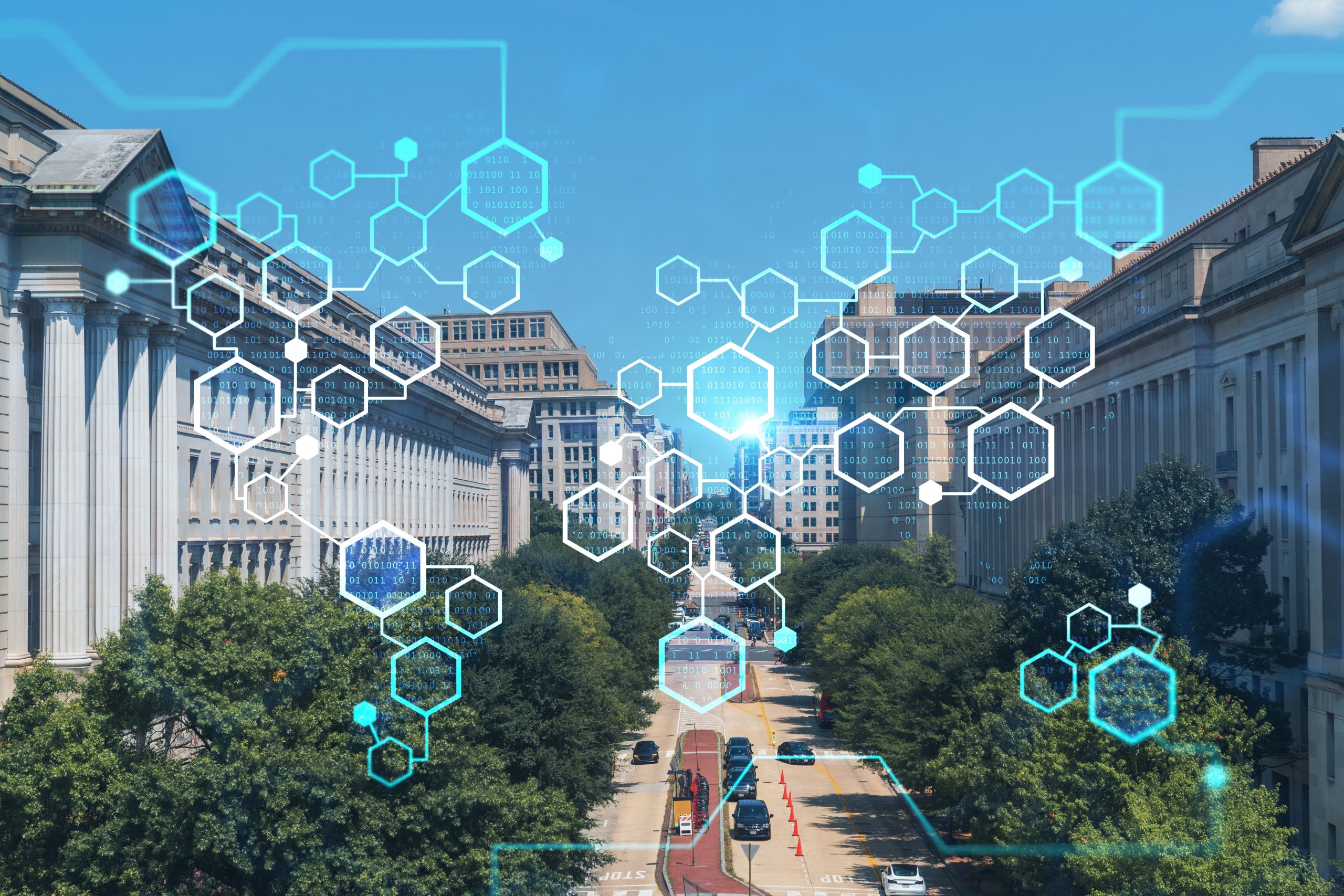For federal government agencies today, embracing agile methodologies and cloud technology are pivotal moves aimed at refining operational efficiency and innovation within government IT. Agencies need to understand the crucial roles these methodologies play in their digital transformation. One agile methodology option that can be leveraged is the Scaled Agile Framework (SAFe).
At agencies with complex systems and numerous interactions, the integration of SAFe can be a key factor in enabling faster response to changes, improved stakeholder engagement, and enhanced product quality. The Government Accountability Office (GAO) works to not just modernize its IT infrastructure, but also sets benchmarks for agile transformation in the public sector, demonstrating a proactive approach to navigating the complexities of digital government operations.

The Role of Agile in the GAO’s IT Evolution
SAFe offers a structured approach to scaling agile methodology across larger organizations with system complexities. Agile adoptions align with the GAO’s objectives to enhance operational efficiency, ensure timely delivery of IT projects, and foster a culture of continuous improvement and innovation.
Principles of collaboration, alignment, and lean-agile processes are particularly relevant in addressing the unique challenges of public sector projects, where complexity and regulatory compliance play significant roles. The SAFe framework facilitates better communication and cooperation among teams, ensuring that IT projects are aligned with the strategic goals of the organization and delivered more efficiently.
Challenges and Solutions in agile Implementations
Implementing SAFe in an entity as critical as the GAO comes with its set of challenges, primarily due to the existing bureaucratic structures and the shift from traditional project management methodologies to agile practices. Resistance to change, coupled with the need for a significant cultural shift, poses considerable hurdles.
However, the benefits to agile, including improved project visibility, enhanced quality of deliverables, and faster response to changes, underscore the importance of this transition. For instance, organizations adopting SAFe report a 30-75% faster time-to-market. Overcoming these challenges involves dedicated training, gradual implementation, and fostering an agile mindset across all levels of the organization, ensuring that the transition to SAFe or other methods not only improves the efficiency of IT operations but also aligns with the overarching mission of GAO to support and improve government accountability and transparency.
Challenges in Agile/SAFe Implementation at GAO:
- Overcoming entrenched legacy processes and the need for agile governance.
- Managing the cultural shift from waterfall to agile methodologies.
- Addressing resistance to change and transforming long-standing workflows.
- Redefining performance metrics to align with agile practices.
- Ensuring the agile framework complies with existing regulatory and compliance requirements.
Strategic Solutions for Effective agile/SAFe Adoption:
- Implementing comprehensive training programs to build agile competency.
- Actively engaging stakeholders to ensure buy-in and alignment with organizational goals.
- Adopting a phased approach to gradually integrate agile practices and allow for organizational learning and adaptation.
The GAO’s Journey with Cloud Adoption
Embracing cloud technology mindfully is crucial for modernizing government IT systems, offering the necessary flexibility and scalability for efficient data management and service delivery. As the trend towards cloud computing accelerates within enterprise IT strategies, the GAO’s adoption of cloud services aligns with federal efforts towards more agile and scalable IT infrastructures.
To successfully navigate this transition, agencies benefit from developing a comprehensive cloud migration strategy underpinned by robust policies and the establishment of a Cloud Center of Excellence (CCoE). The CCoE can serve as the guiding force behind an agency’s cloud initiatives, ensuring that migration efforts align with organizational objectives while adhering to regulatory compliance. This will enable the GAO to manage the complexities associated with cloud migration effectively, achieving optimal performance and cost efficiency and securing government data in the cloud environment.
Operational Efficiency through Cloud Services
Leveraging cloud computing can lead agencies to rapidly deploy and scale services in response to changing requirements and workloads – flexibility that traditional IT infrastructures cannot match. This agility facilitates a more dynamic approach to meeting the evolving needs of government oversight and accountability. Moreover, cloud services offer the advantage of pay-as-you-go pricing models, which translates into direct cost savings by eliminating the need for substantial upfront capital investment in hardware and software. Such operational efficiency can streamline processes while also allowing an agency to allocate resources more strategically towards its core mission.
The transition from Capital Expenditures (CapEx) to Operating Expenditures (OpEx) models through cloud adoption can mark a pivotal shift in IT spending. This shift affords the organization greater financial flexibility and scalability as expenses become more predictable and aligned with actual usage. For the GAO, embracing the OpEx model could mean an enhanced ability to adapt to budgetary changes and technology advancements, ensuring that IT spending directly supports the most current and effective technologies available for government operations.
Enhancing the GAO’s IT Infrastructure: Practical Measures
To enhance its IT infrastructure efficiency, the GAO can implement several key measures focusing on skill development and the strategic use of managed services. Recognizing the importance of cloud technology and agile methodologies, an agency can prioritize training programs to upskill its workforce in these areas, ensuring employees are well-equipped to navigate the complexities of modern IT solutions.
Additionally, managed services should be embraced for routine IT operations, allowing the internal teams to concentrate on strategic initiatives that drive innovation and operational effectiveness. Managed services take over the day-to-day management of IT infrastructure, such as network maintenance, data backup, cybersecurity, and cloud services management, freeing up IT staff to focus on strategic projects that add significant value to government operations.
Conclusion: The Impact of agile and Cloud on Government IT
The adoption of agile methodologies and cloud services has the potential to transform IT projects and operational efficiency. Federal agencies like the GAO can accelerate their IT modernization efforts and ensure these transformations align with its mission to promote accountability and transparency in government operations.
TechSur is dedicated to guiding organizations through their digital transformation journey, ensuring they harness the full potential of agile methodologies and cloud technologies to achieve operational excellence and deliver superior public services.


